Many popular household features from decades past have disappeared for reasons that might surprise you. Some were phased out due to health concerns or safety hazards, while others were quietly regulated out of existence. If you’ve ever wondered why you don’t see certain items in newer homes—or why some things suddenly became outdated—it may be because they were banned without much fanfare. Here are 13 once-common household features that quietly slipped into history.
1. Lead-Based Paint
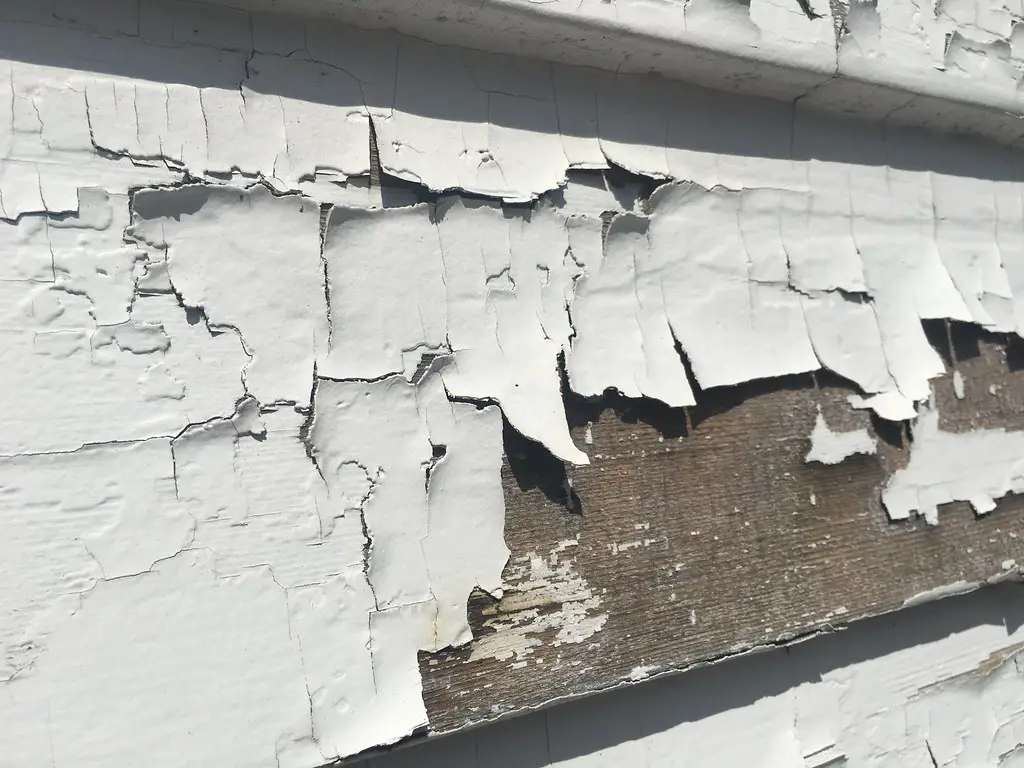
According to the Environmental Protection Agency (EPA), lead-based paint was officially banned in the U.S. for residential use in 1978 due to its harmful effects on human health, especially in children. The paint, commonly used for its durability and vibrant color, posed serious risks when it deteriorated into dust or chips. Lead poisoning can affect brain development and cause behavioral problems, which is why this paint is now tightly regulated. Homes built before 1978 may still contain it, requiring special removal procedures.
Although homeowners today may not realize it, many older homes still require inspections for lead paint before renovations. Contractors working on these properties must follow strict protocols to prevent contamination. The ban didn’t erase the issue—it just prevented new applications. It’s a reminder that safety laws often work quietly behind the scenes.
2. Asbestos Insulation

As noted by the National Cancer Institute, asbestos was a common insulation material until its serious health risks became widely known. It was used for its fire resistance and insulating properties, but prolonged exposure can lead to mesothelioma and other cancers. While not technically banned across all industries in the U.S., its use in home construction was phased out beginning in the 1970s. By the 1980s, most residential applications had been restricted or eliminated.
Many homeowners don’t realize that asbestos could still exist in older homes—in insulation, ceiling tiles, or even flooring. It’s often safest to leave it undisturbed unless you’re doing a renovation. Professionals must handle removal due to the risks of airborne fibers. What was once considered a modern convenience is now a major red flag.
3. Mercury Thermostats
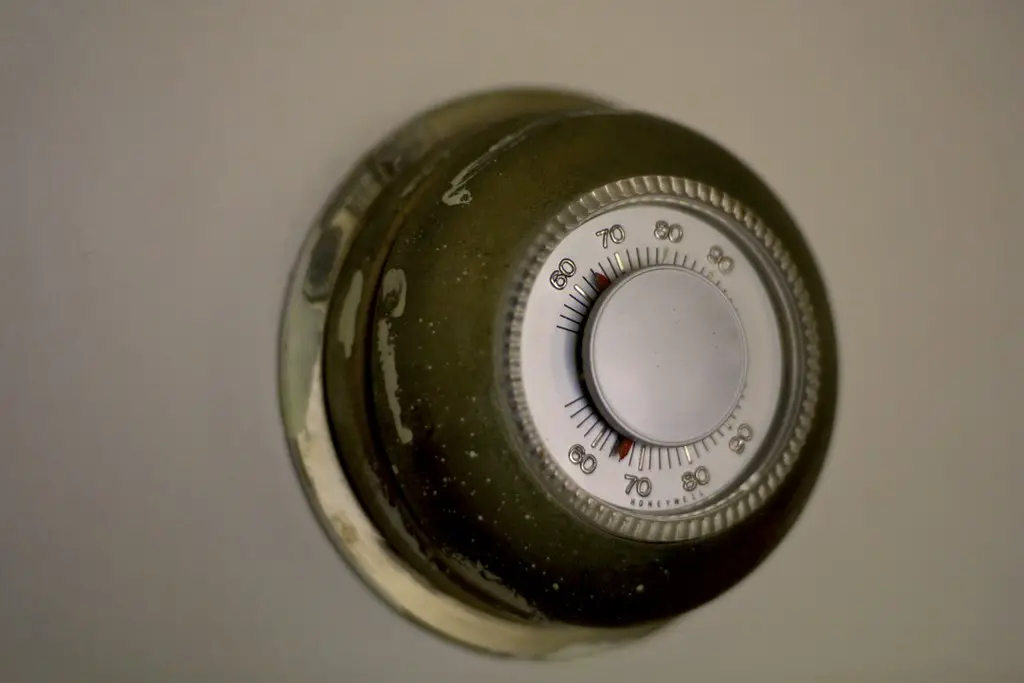
According to the U.S. Department of Energy, mercury thermostats were widely used in homes until environmental concerns led to their gradual phase-out. These devices contained small amounts of mercury to regulate temperature, but when discarded, they posed risks to soil and water. Many states have now banned their sale or strongly encourage safe disposal programs. In most cases, homeowners are encouraged to upgrade to digital, mercury-free versions.
You might still find one in an older home, but they’re increasingly rare. Not only are they considered a hazard, but they’re also less efficient compared to today’s smart thermostats. If you replace one, be sure to dispose of it at a proper hazardous waste facility. The change may seem small, but it represents a big step in home safety.
4. Incandescent Light Bulbs
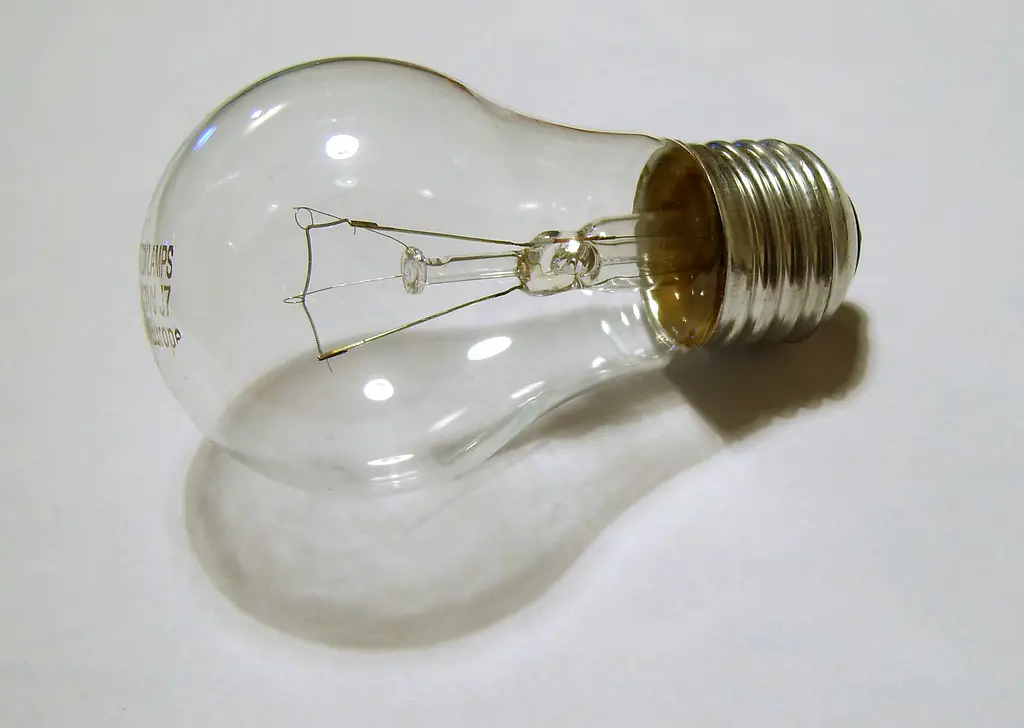
As explained by Energy.gov, traditional incandescent bulbs have been largely phased out due to energy inefficiency. They were once the standard in homes, but new regulations prioritized compact fluorescents (CFLs) and LEDs for their longer life and lower energy consumption. While not banned outright, the production and sale of certain wattages have been restricted since 2012. Most stores now carry more efficient alternatives by default.
Many homeowners didn’t even notice the shift—it happened gradually through manufacturing changes and consumer education. LEDs not only save money over time but also reduce environmental impact. Their adoption was encouraged rather than forced, which made the transition seamless. It’s a quiet upgrade that made homes greener without a fight.
5. Drop-In Gas Space Heaters
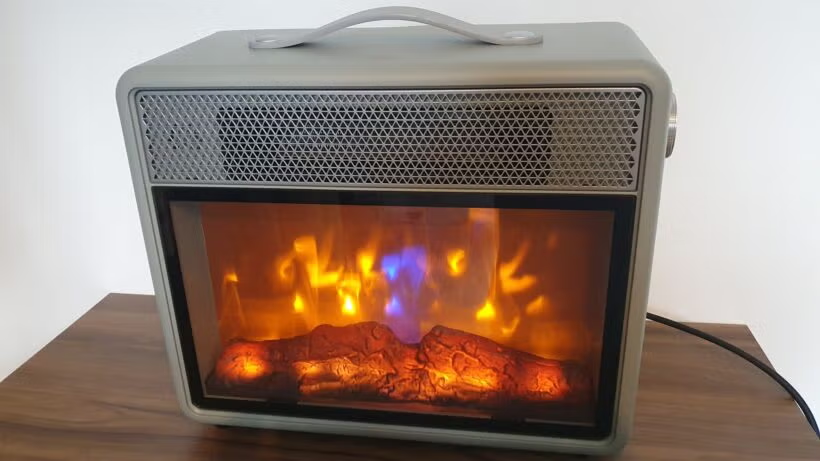
These once-popular wall-mounted heaters were a staple in mid-century homes. Though effective at warming rooms quickly, many lacked proper venting, leading to dangerous carbon monoxide buildup. As energy codes evolved, unvented gas heaters fell out of favor and were eventually restricted or banned in many areas. Building codes now require safer, sealed combustion units or central systems instead.
Older homes may still have these units in place, but updating to a modern HVAC system is usually recommended. Not only are they safer, but they’re also far more efficient. If you’re house-hunting and see one of these in a listing, it’s a potential red flag. It’s one upgrade you shouldn’t put off.
6. Push-Button Light Switches

Once a fashionable feature in early 20th-century homes, push-button light switches have mostly disappeared from modern builds. While not illegal, they were gradually phased out in favor of toggle switches, which were cheaper and easier to manufacture. Additionally, older push-button systems often lacked the grounding and safety standards required by today’s electrical codes.
Though you can still buy replicas for aesthetic purposes in historical homes, many electricians recommend updating the wiring during renovations. Original push-button systems can have brittle wiring or outdated components. It’s a charming nod to the past—but not always the safest one. Most homes today stick to contemporary standards for good reason.
7. Full-Sized Built-In Intercoms
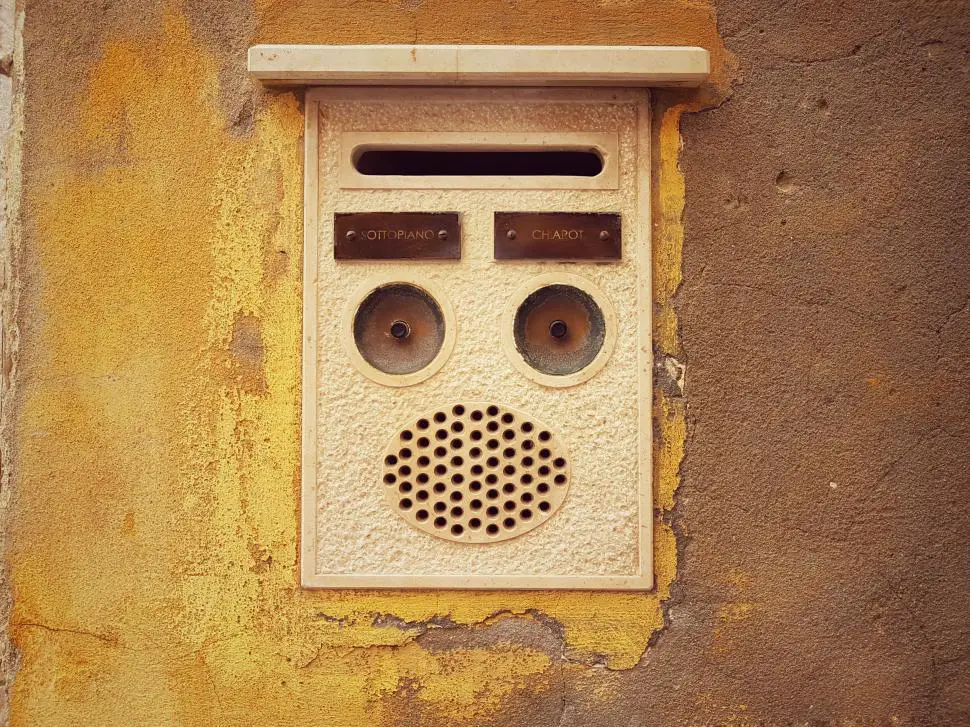
Remember those wall-mounted intercoms in older homes? They were once considered high-tech luxury. But as wireless communication and smart home systems became mainstream, hardwired intercoms lost their appeal. Over time, they stopped meeting modern electrical codes and were removed during renovations.
Most newer homes use voice assistants or mobile devices for in-home communication. The old systems often sit unused, humming quietly behind walls. Homeowners who want to modernize typically remove them completely. It’s another example of how fast technology outpaces home features.
8. Built-In Trash Compactors
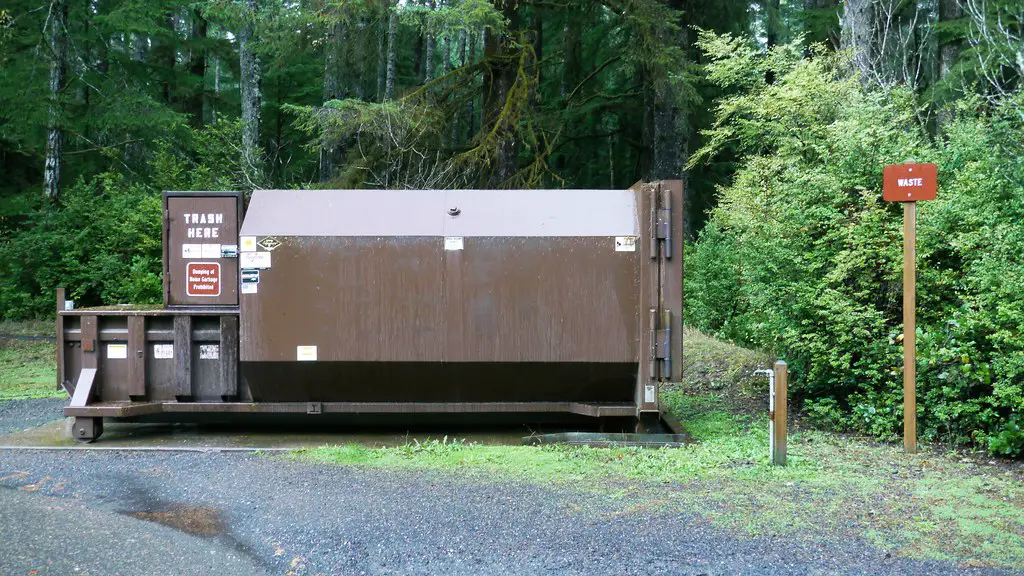
Once marketed as a must-have for tidy kitchens, trash compactors fell out of favor in the early 2000s. They were bulky, prone to odor issues, and often required special bags. Although not banned, they quietly vanished from appliance showrooms due to low demand and hygiene concerns.
Today’s homeowners are more likely to prioritize recycling systems or smart waste bins. Compacting trash is no longer considered a space-saving necessity. In many cases, homeowners remove them to free up cabinet space. It’s a reminder that “convenience” doesn’t always age well.
9. Basement Toilets Without Venting
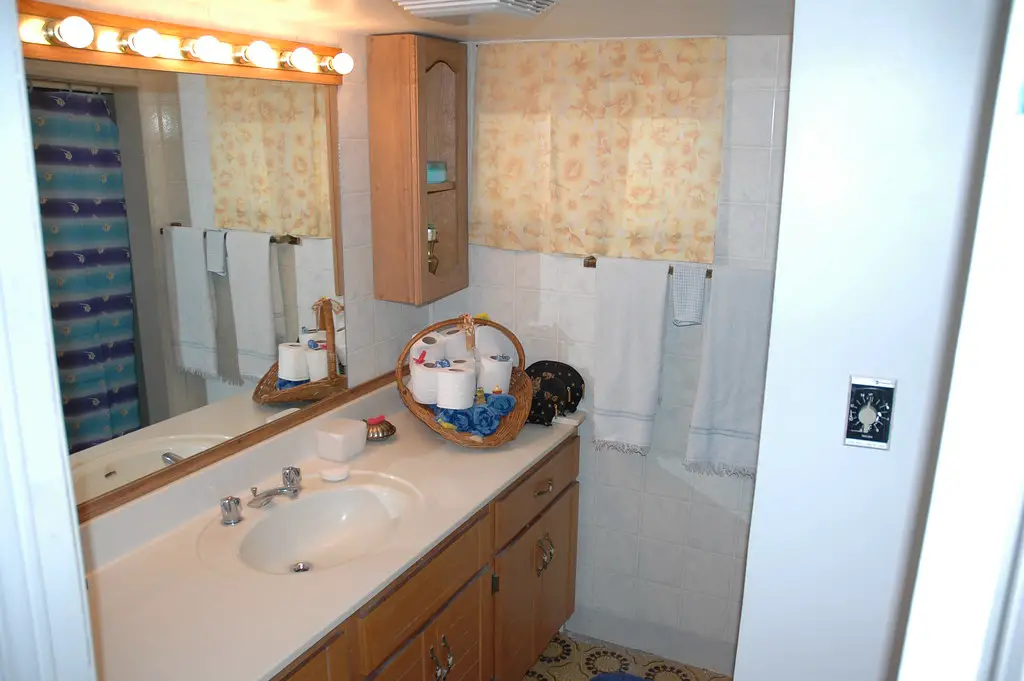
In many older homes, basement toilets were installed without proper plumbing vent systems. These “flushing toilets” often lacked traps or air vents, making them prone to sewer gas leaks. While grandfathered in some homes, newer codes require correct venting for safety and odor control.
Homeowners remodeling older basements may be surprised to learn that these setups are no longer allowed. Retrofitting the plumbing can be costly, but it improves health and comfort. If your home inspector points one out, take it seriously. It’s not just about smell—it’s about air quality.
10. Wood-Burning Kitchen Stoves
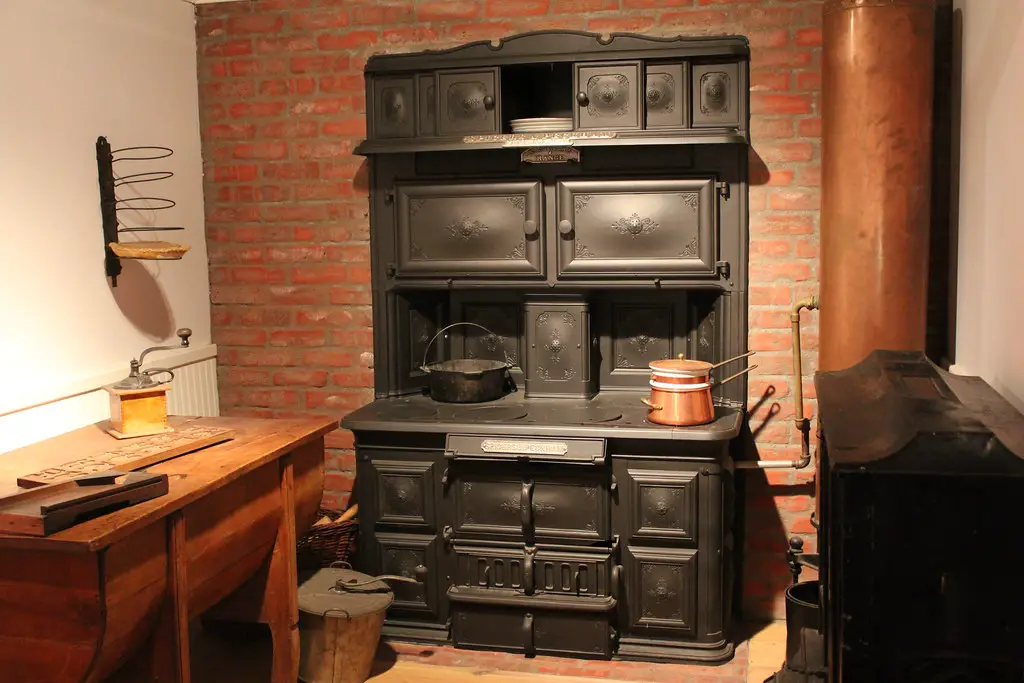
Long gone are the days when homes used wood-burning ranges for daily cooking. These stoves are still legal in rural or off-grid settings, but most urban areas restrict their use due to emissions and fire risks. In fact, some municipalities have outright banned installation in new homes.
Most people switched to gas or electric decades ago, but a few vintage units still exist for decorative purposes. Restoring one to working order usually involves navigating complicated codes. They may be cozy, but they’re far from efficient. For most homeowners, they’re better left as relics.
11. Stained Glass Windows with Lead Came
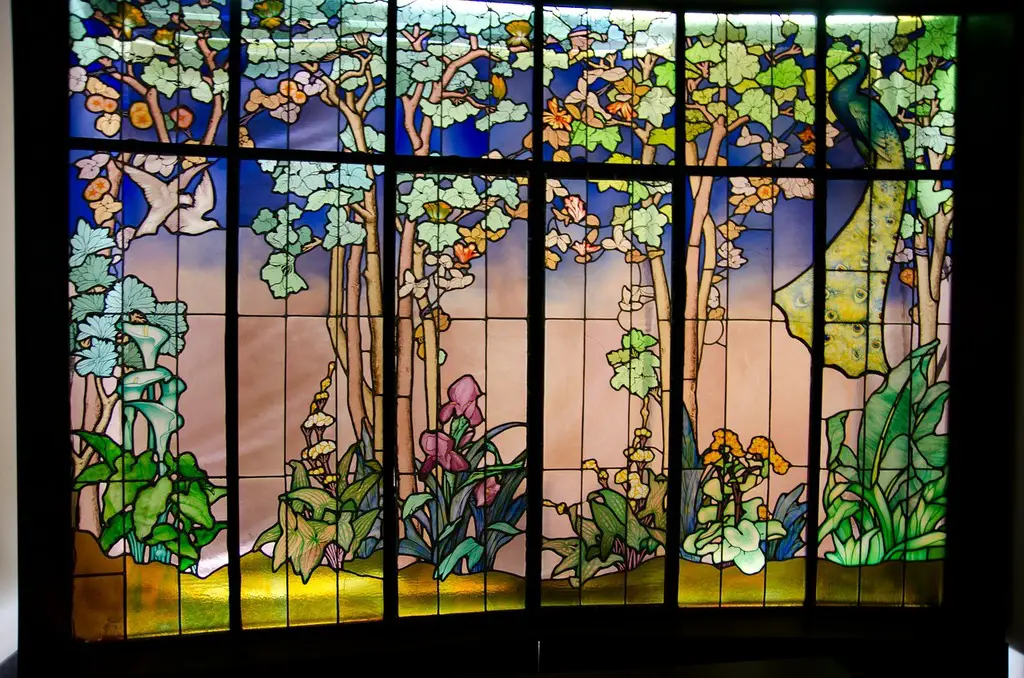
Stained glass windows with lead-based came (the metal holding pieces together) were common in craftsman-style homes. Over time, concerns about lead exposure—especially as windows age and deteriorate—have led to stricter handling rules. While not banned entirely, repairs and installations now require careful management and sometimes certification.
Because of their beauty, many homeowners keep them as decorative elements. But experts recommend sealing or treating the windows to prevent lead dust. If you’re restoring an older home, professional guidance is a must. Aesthetics and safety must go hand-in-hand.
12. Non-Grounded Two-Prong Outlets
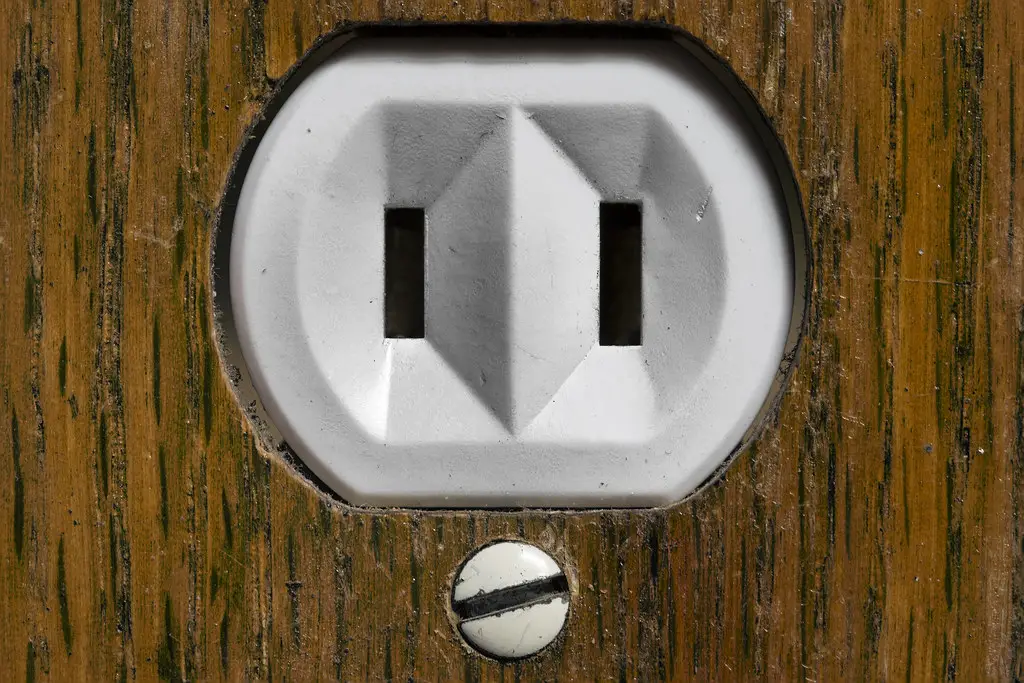
Two-prong outlets used to be the norm, but today’s codes almost always require grounded three-prong outlets. Ungrounded systems increase the risk of electric shock and equipment damage. While not banned entirely, these outlets are no longer considered safe in most jurisdictions.
Homeowners often need to update wiring to accommodate modern electronics. Adapters may work temporarily, but permanent updates are smarter. If you’re selling your home, expect this issue to come up during inspection. It’s one upgrade that quietly became mandatory.
13. Bathroom Outlets Without GFCI
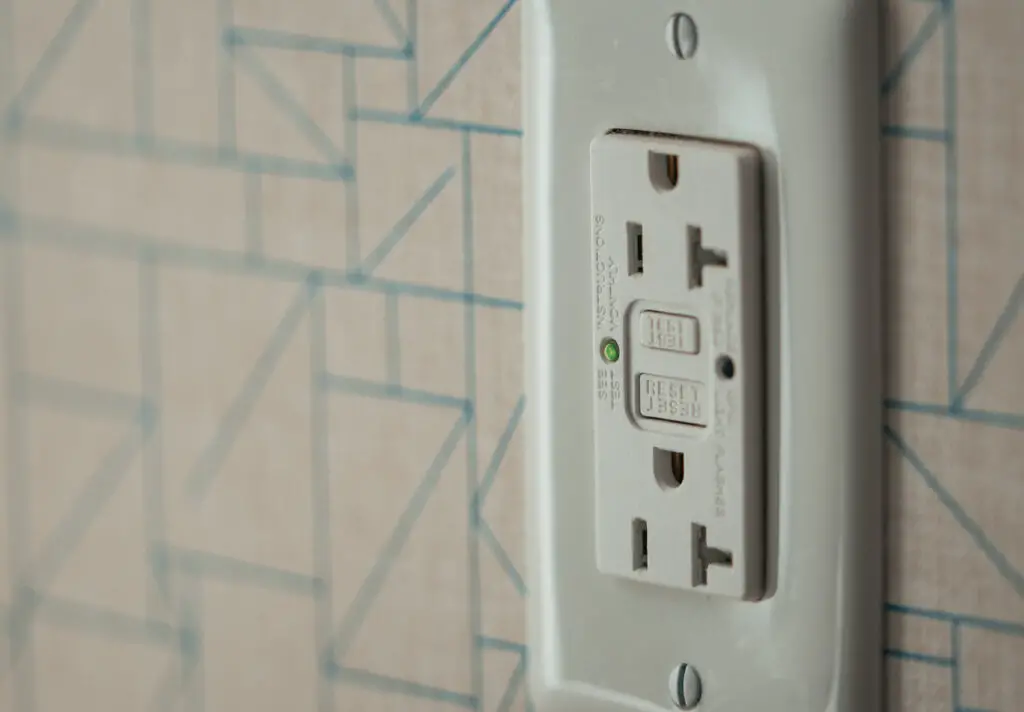
Ground Fault Circuit Interrupters (GFCIs) have been required in bathrooms and kitchens for decades now. These outlets shut off automatically if they detect electrical imbalance, reducing the risk of electrocution. Before they became standard, bathrooms often had regular outlets near sinks or tubs—a clear hazard.
Retrofitting GFCIs is a fairly simple and inexpensive fix. Many homeowners do it during bathroom remodels without even realizing it was once optional. It’s a quiet but crucial improvement. And now, it’s a non-negotiable part of code compliance.
